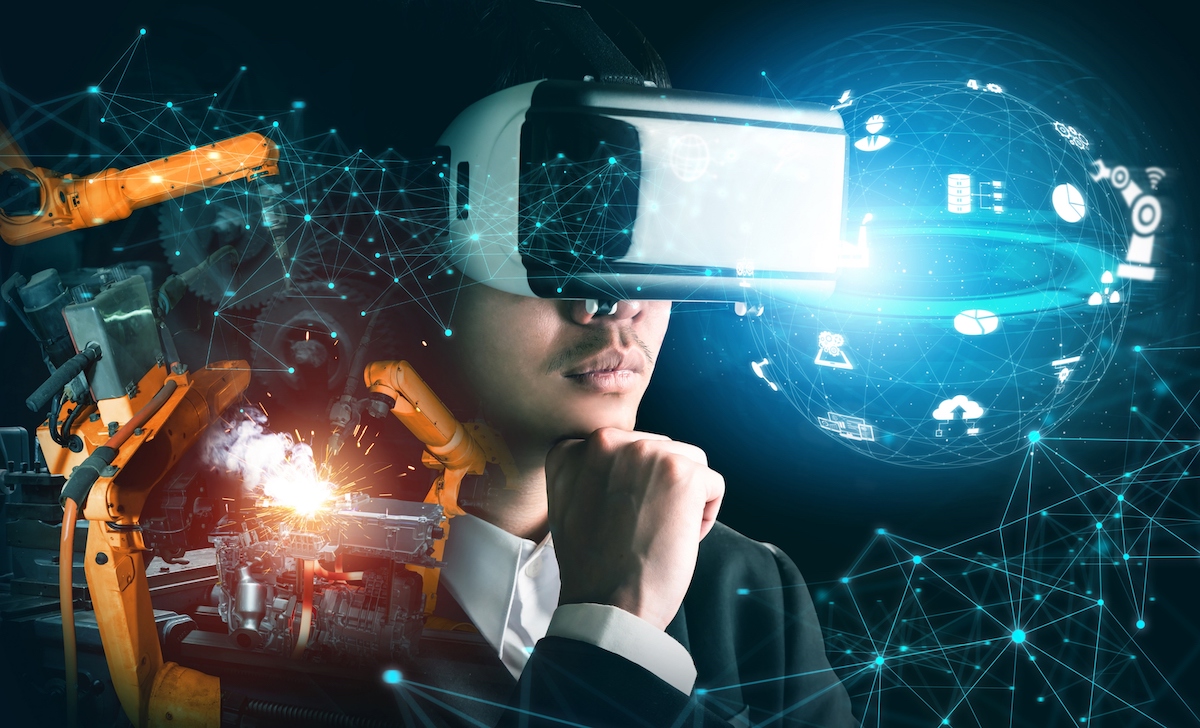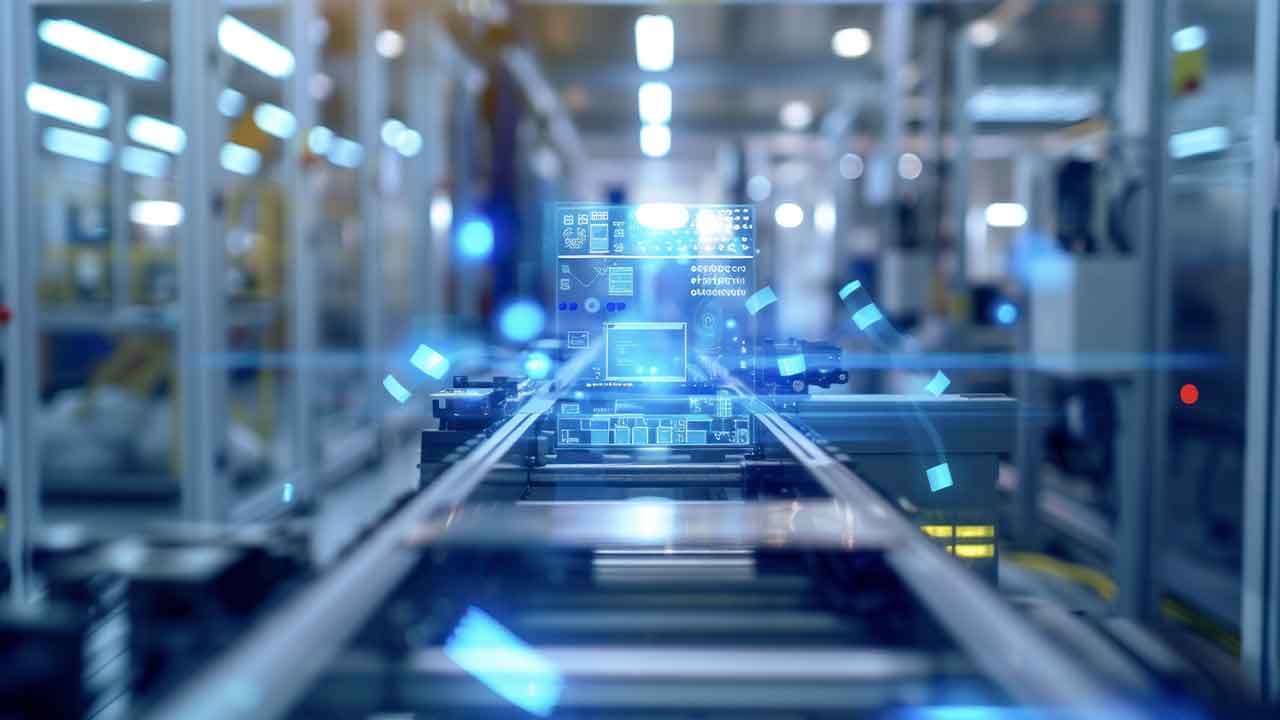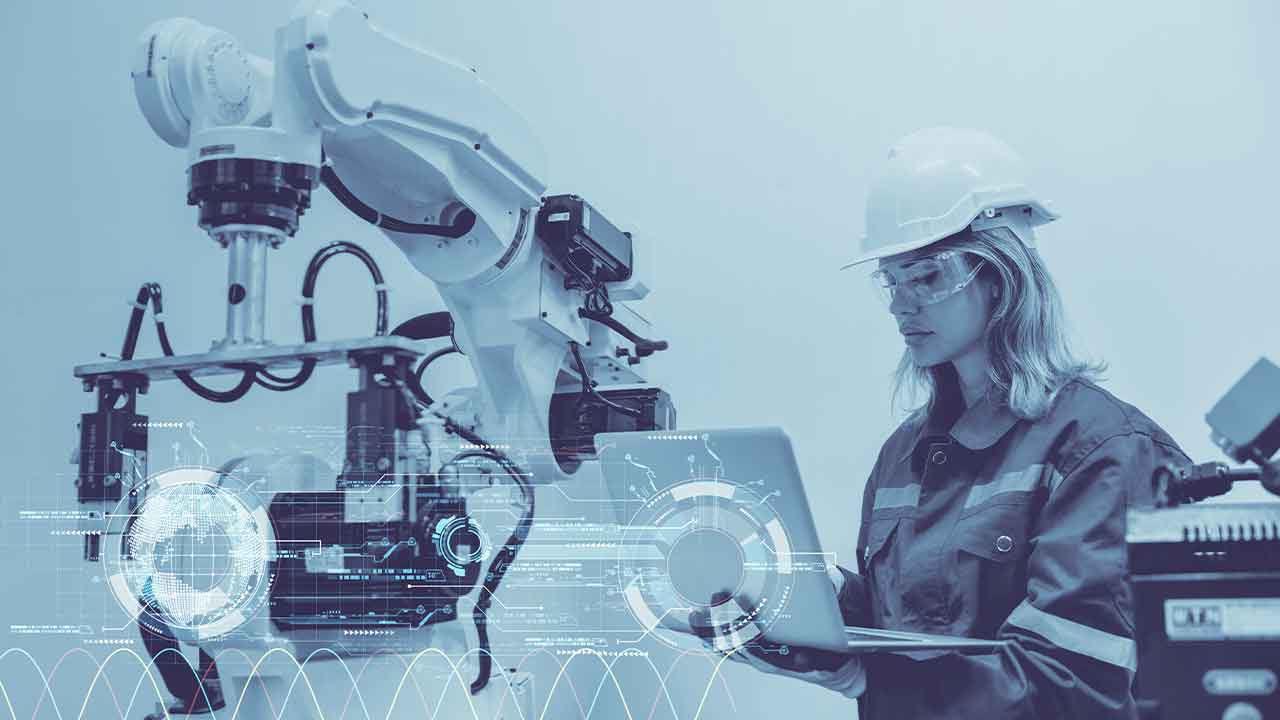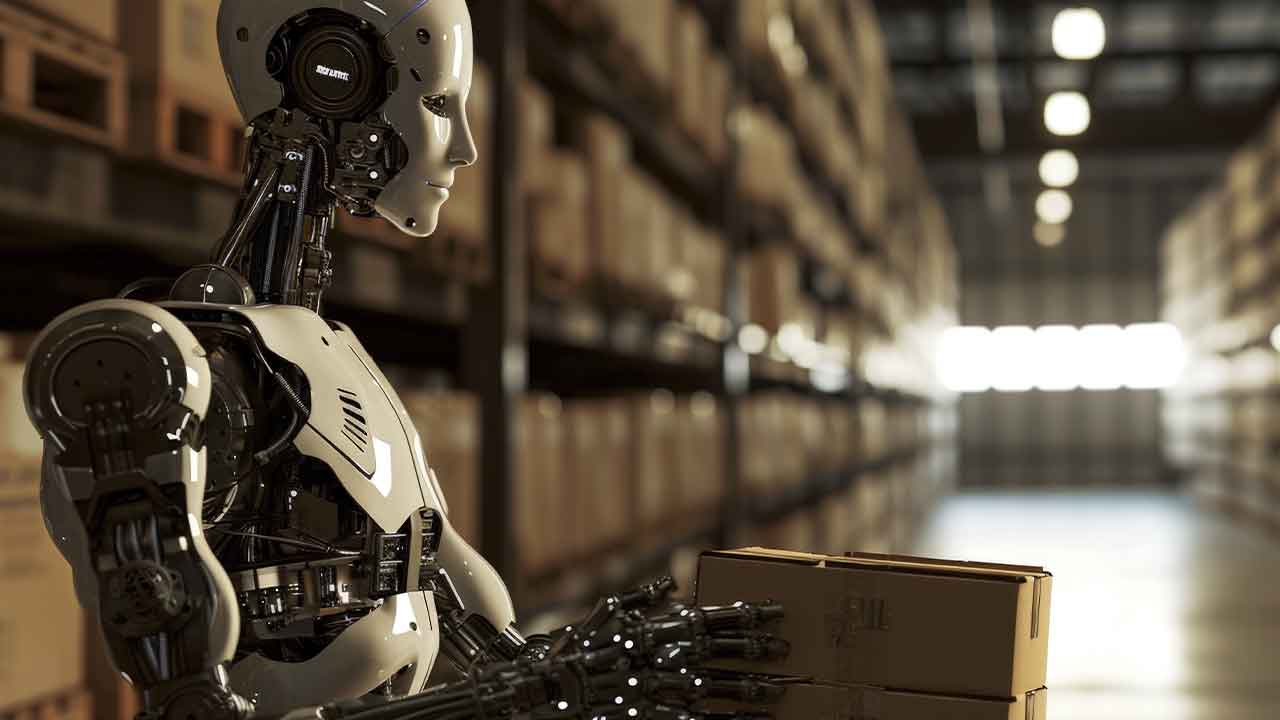Augmented Reality for the energy assessment of production systems
Industry 4.0 has always been synonymous with recovery and efficiency, which is also declined in terms of energy efficiency: Augmented Reality provides tools that enable the energy assessment of production systems and plants.
The current industrial situation sees companies in a continuous evolution in order to meet the demands of an increasingly global, dynamic, complex and potentially subject to brakes and sudden breakdowns.
Augmented Reality in the industrial field
Often proposed in conjunction with Virtual Reality (VR), using Augmented Reality is one of the technological elements that characterize Industry 4.0. In general terms, this can be defined as a kind of enrichment of human sensory perception through contextual, meaningful and relevant information, usually acquired, manipulated, made available digitally and that would not otherwise be perceivable with the five senses: a kind of additional information. This sensory augmentation is therefore the result of human/technology interaction and is enabled primarily by the processes of digital transmission and processing. Unlike virtual reality (VR), which uses digital technologies to define and recreate a completely artificial, parallel and non-tangible environment, augmented reality exploits elements already present in the surrounding environment and interaction with it in order to obtain a deeper and more specific knowledge of certain elements and/or factors. Augmented Reality does not replicate the real world with a simulated counterpart, but brings together the digital world with the physical world enriching the latter with virtual elements, so as to be often classified with the term Mixed Reality (MR).
Augmented Reality and energy efficiency
Augmented Reality is actually matching with the activities of evaluation and assessment of energy efficiency of machinery and production systems in the areas of Data Visualization (DV) and enrichment of the operator’s visual perception through information processed and/or enriched by virtual models. DV has always been a set of important techniques for the communication and analysis of large amounts of data, providing a 2D and/or 3D visual representation that tends to facilitate the observation and understanding of phenomena and systematic behaviors such as trends and/or patterns, for example in the energy consumption of one or more production units. Augmented Reality adds the digital capabilities of data visualization to the sensory perception of the user, presenting information in a more immediate and simple way than traditional graphics and offering three-dimensionality and interactivity.



